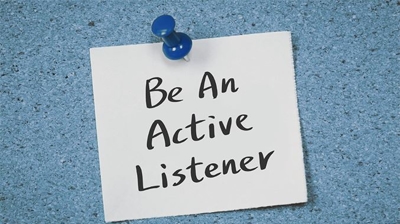One of the mistakes that we see often with leaders of sales teams is that they spend an inordinate amount of their time working with the team members that are not performing at an acceptable level. Sometimes spending as much as 75% of their time on the weakest performing salespeople. Trying desperately to raise the bar on their performance, often they will by in large neglect interactions with the high performers on the team.
It may sound counterintuitive to not focus all your efforts trying to improve the reps who have the most opportunity for improvement. However, think of it this way. If you have to lose a salesperson, who would you rather see go? The high performer or the one that never seems to come close to reaching the minimum level of production you expect. The most valuable investment you can make in your salespeople is your time, your attention, your guidance, and your coaching.
While we are not suggesting that you shouldn’t work with and spend time with the underperforming reps, we must avoid at all costs the perception that the only way to get your attention is to underperform.
The following are some best practices to remember when leading high performers.
Transparency, Empowerment, and Autonomy
Appreciation, affiliation, and transparency are paramount with top performers. Keeping open lines of communication about company goals, changes, and challenges help them feel valued and included. This transparency also helps them align their efforts with the organization’s objectives. High performers thrive in environments where they have the freedom to make decisions and innovate. Empowering them by setting clear objectives but allowing autonomy within defined “guardrails” in achieving these goals can be highly motivating.
Recognition and Reward
Regular, meaningful recognition is crucial. This includes not just financial incentives but also real-time public acknowledgment of their achievements and contributions to the organization – assuming, of course, that that is what the top performer wants. Usually, it is – but a small percentage of these salespeople will prefer acknowledgment in one-on-one settings, rather than in front of a group. Personalized Coaching and Development High performers typically seek continuous improvement. Tailored coaching sessions that focus on their specific needs and goals can foster growth and job satisfaction. This approach should include regular feedback, goal setting, and opportunities for skill enhancement and career growth.
Competitive Environment
Creating and maintaining a competitive yet collaborative atmosphere encourages high performers to push their limits and transcend comfort zones. Healthy competition can be a remarkably effective motivator. High performers need the opportunity to “win”.
Challenging and Varied Opportunities
Providing challenging projects, stretch goals and/or new territories keeps high performers engaged, stimulated, and prevents boredom. This also demonstrates trust in their abilities to manage complex situations. As a leader, we must pour into all of our people. However, reserve the majority of your time, energy, and effort for the high performers to ensure the greatest return on your investment!
Need help with sales skills or coaching to take your company to the next level. Learn more about Sales Mastery at salesmastery.com or contact Dan Nausley at dan.nausley@sandler.com, 423.702.5579.






